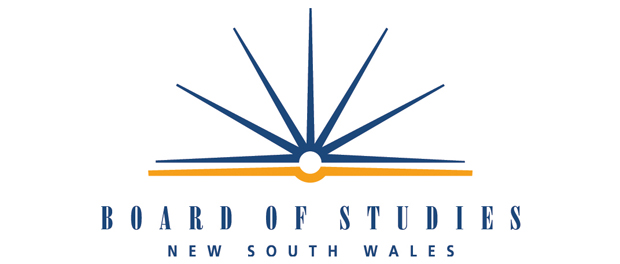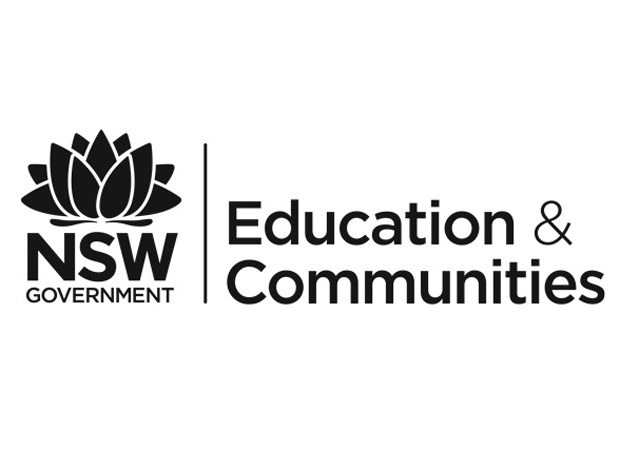My visit to John McGlashan College included a lesson observation and discussion with Iain McGilchrist, Assistant Principal (Teaching and Learning), Teacher of English and debating coach. Iain has taught in both New Zealand and the United Kingdom so he was able to offer an interesting comparative perspective on the role of critical literacy in policy and practice.
Iain explained that critical literacy forms part of the NCEA English curriculum (particularly the level 3 standards) and that the development of critical skills is a priority for all students at John McGlashan, whether they follow the NZ national curriculum or the IB. In his English lessons, Iain introduces the students to a number of different genres of communication and trains them to critically analyse the language used in each. For example, he uses American political oratory to demonstrate the use of formal argumentation and rhetorical devices: NZ political speeches tend to be more subtle in their use of these types of linguistic effects. He also shows students advertisements from different types of magazines and asks them to analyse the subliminal messages in each: how do the editors exercise power over audience and purpose? An IT whizz, he also trains students in digital critical literacy, asking them to conduct online research on a topic then justify their selection of information based on website suffix then analyse the corresponding reliability of information. He teaches them how to do advanced searches on Google and encourages them to engage with Google Scholar, as appropriate. Clearly, these skills contribute positively to learning across the curriculum, not just in English.
Iain believes strongly that students must be able to ‘challenge the basis of assumptions and perceptions’ and part of this is asking what is not being said and who is not being represented. An exercise he uses to highlight the gaps and silences involves science communication. He takes a press release for a new drug or medical procedure and asks students to identify who has driven the content and style of the piece. This broadens students’ perspectives on sponsorship, medical ethics, litigation and journalistic standards. They need to see beyond the media’s reporting strategy of, ‘if it bleeds, it leads’. In another exercise he uses maps of the world, created in different countries and asks students to account for their differences of size, scale and perspective. This sort of exercise could be delivered by teachers of Media, Geography, Theory of Knowledge, Philosophy, History or English. In this way the critical analysis of situated perspectives not only raises students’ critical awareness but also contributes positively to learning across the curriculum.
Iain believes that critical literacy is here to stay in NZ policy and practice. Inspired by Sian Evans’ book, ‘Through the literacy looking glass: critical theory in practice’, Iain wants his students to leave John McGlashan College equipped with enough nous to be able to make informed decisions: critical skills are vitally important in realising this objective. The NCEA policy includes discussion of ‘critical texts’ (secondary sources that might include linguistic or literary theory, analysis, criticism, reviews and/or commentary) and in Iain’s classes students are encouraged to develop a healthy scepticism. Students are asked (by a ‘thinking’ key competency poster on the wall) ‘Is your BS detector switched on?’. Blunt, yes, but this approach foregrounds the development of critical literacy when reading literature, studying language and deconstructing communication of all types.




